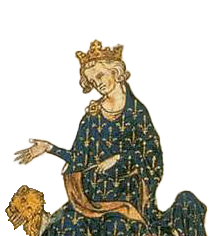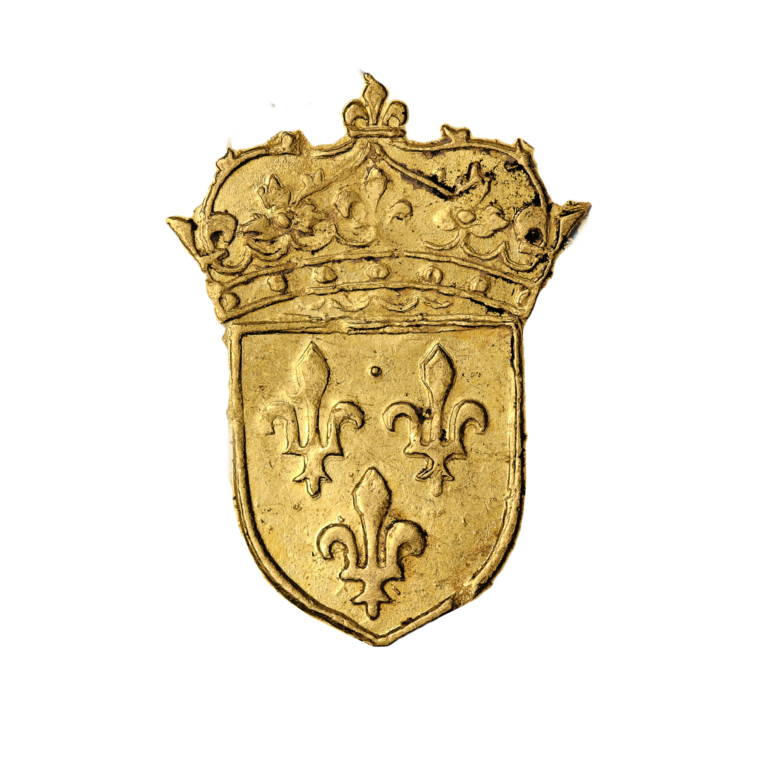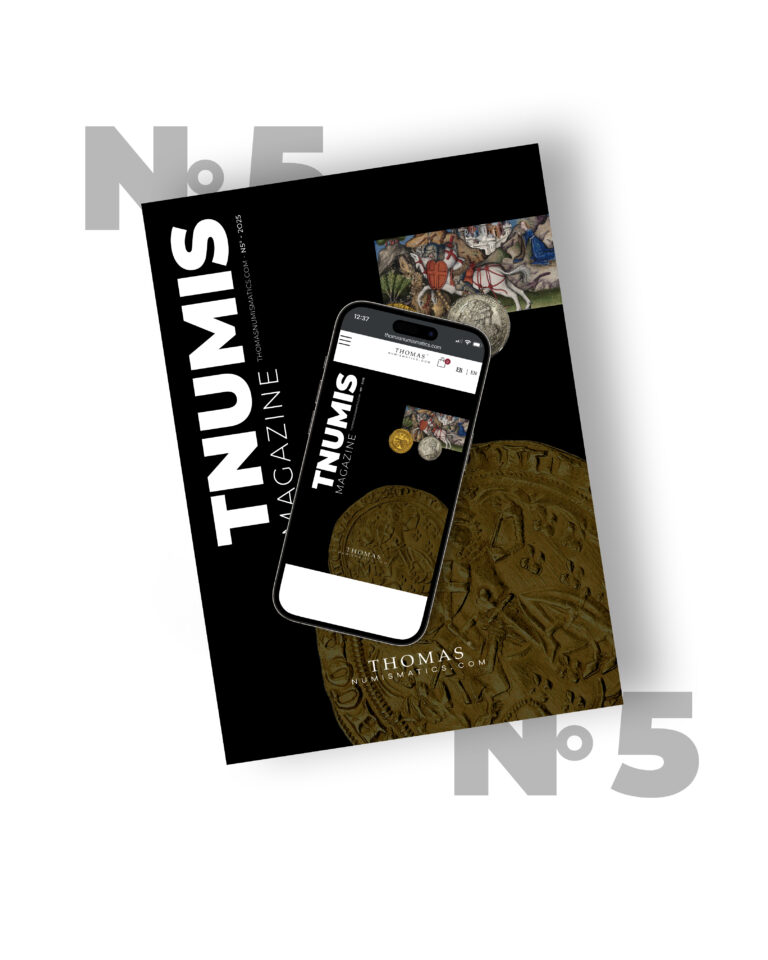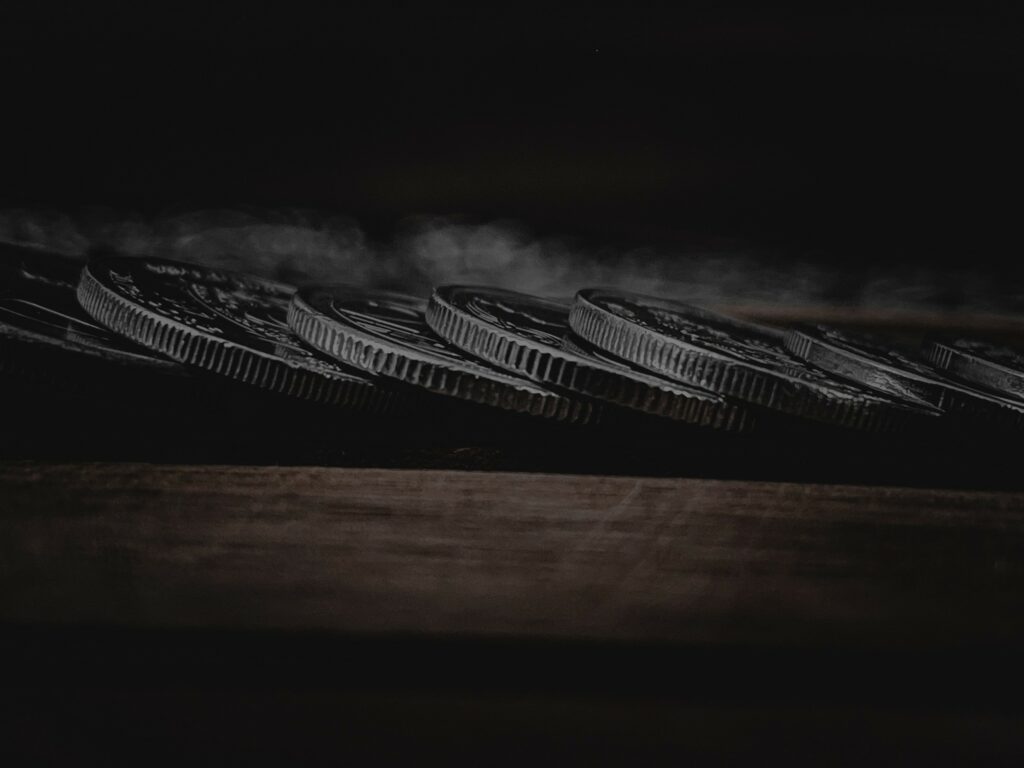
Discover all the news and articles from TNUMIS Magazine exclusively
Antique Coins: A Fascinating Journey through Numismatic History
Antique coins represent a fascinating chapter in numismatic history. They are the oldest coins in the world, bearing witness to great civilizations. In this article, we delve into the captivating world of these coins that have survived the centuries. Follow us on a journey of discovery through ancient numismatics.
The origins of ancient coins in Asia Minor
Archaeologists and researchers agree on the birthplace of ancient coins: Anatolia. It was in Lydia in the 7th century that “coins” made of electrum (a natural alloy of gold and silver) first appeared. In reality, they look more like randomly shaped lozenges than coins as we know them today.

The Greek historian Herodotus credits the last king of Lydia, Croesus, with inventing real money. His coinage was more harmonious, incorporating the principle of bimetallism. Gold and silver were used as standards to set the price of money, while also serving as currencies of exchange.
At the same time, local currencies were being minted in all of Greece’s coastal merchant cities.
Ancient Greek coins
The archaic period
The Archaic period extends from 600 BC to the Median Wars in 480 BC. Greek coinage consisted of a series of autonomous coins, due in part to the geography of the Empire. The territory was divided into numerous city-states, isolated from each other, but with the sea offering a wide economic, commercial and cultural opening.
Each city issues its own series of coins, with its own animal as emblem: the owl of Athens, the tortoise of Aegina, the bee of Ephesus, the Pegasus of Corinth, the seal of Phocaea, and so on. They all competed to mint the most beautiful coins.
In the end, it was the silver drachma of Aegina that established itself as the monetary standard for trade. Then, the silver tetradrachm with the owl of Athens took over the monopoly.
The Classical and Hellenistic periods
The next period is known as “classical”. It spans the period from 480 BC to 330 BC. Techniques and skills improved, resulting in increasingly precise coins. Animal designs gave way to representations of divinities on the obverse. Coins also featured inscriptions and the place of minting.
In the Hellenistic period, between 330 BC and the 1st century BC, coins became more personalized and their representations evolved. Sovereigns asserted their power by minting coins in their effigy. They associated their portrait with images of divinities, to reinforce the power of their dynasty.
Gradually, the tetradrachm bearing the effigy of Alexander the Great became the currency of reference. He is sometimes accompanied by the goddess Athena, sometimes by Zeus and Heracles.
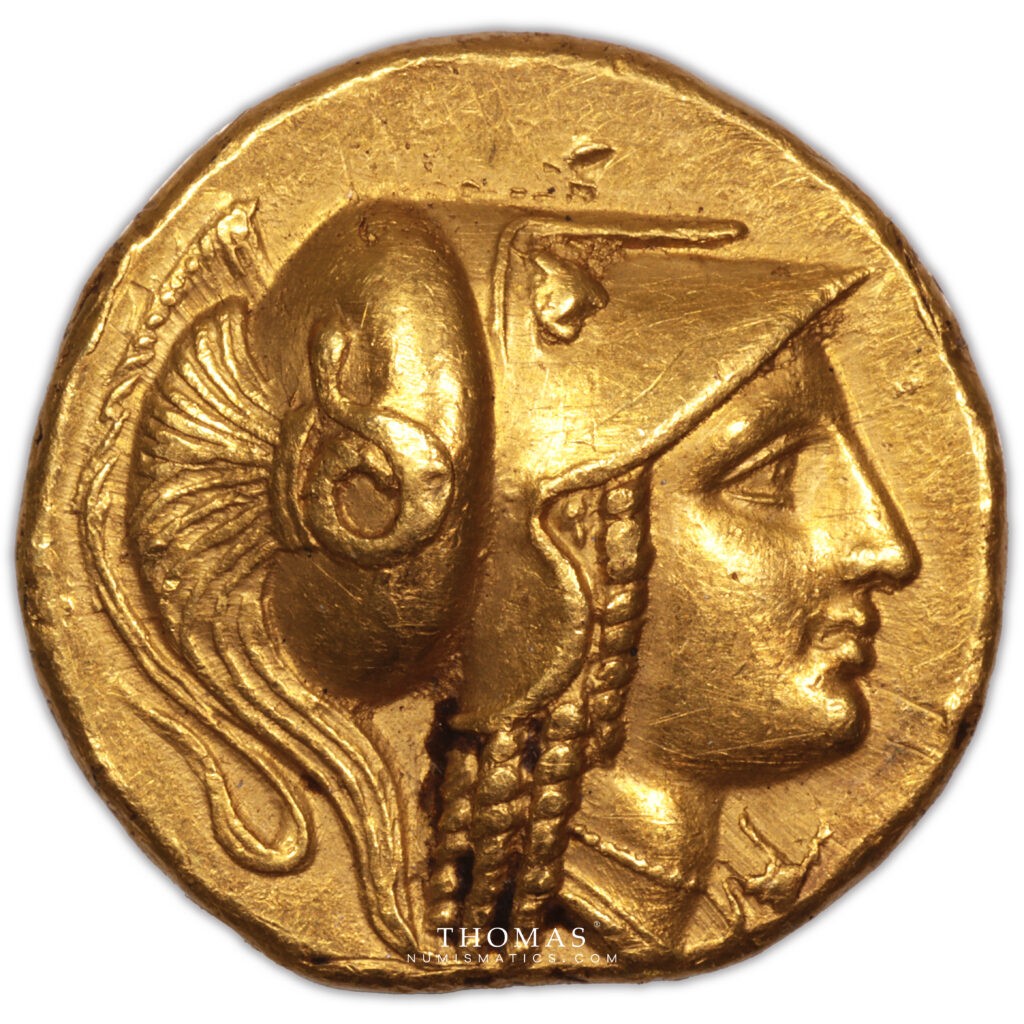
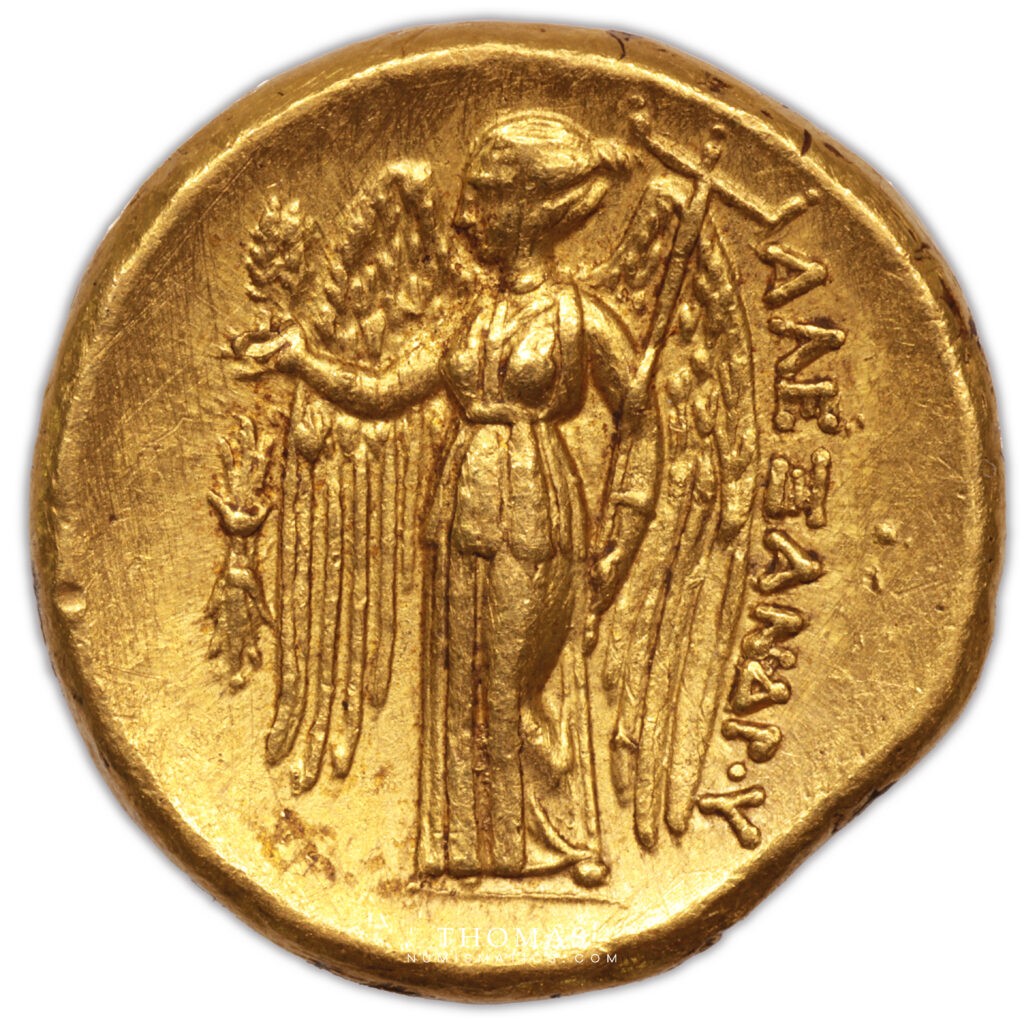
The coins also bear the marks of the workshops where they were produced. The two most important were Amphiopolis and Pella in Macedonia.After the death of Alexander the Great, coinage continued to expand, and his successors continued to mint alexanders, as well as philippes, his father’s coinage.
Ancient Roman coins
The coinage of the Roman Republic is a very broad numismatic period. It spans more than 1,000 years, from the IVe century BC to the Ve century AD. It also covered a vast geographical area, encompassing the entire Mediterranean.
At first, it consisted mainly of large cast bronze coins and a few silver coins for trading with the Greek colonies in southern Italy. Bronze coins, or “Aes grave“, were in fact one-pound discs divided into multiples of 12, each bearing the design of a divinity: Janus for the Ace, Minerva for the Semis, etc.
It wasn’t until the beginning of the 3rd century that the technique changed: coinage changed their appearance, making them more regular. The Punic Wars soon led to considerable expenditure and currency devaluation.
Later, thanks to the sack of Syracuse in 212, the Roman Empire recovered money to mint new coins: the denarius became commonplace, weighing 4.5 grams and decorated with mythological motifs. In the 2nd century, the sesterce became the standard. In the following century, portraits of warriors appeared and bronze coins became increasingly rare.
At the beginning of the 1st century, Emperor Augustus introduced gold coinage: the aureus. It weighed 7.85 grams and was worth 25 denarii or 100 sesterces. Inscriptions, allegories and portraits of Roman emperors and their families adorned the coins. They were used for propaganda purposes.
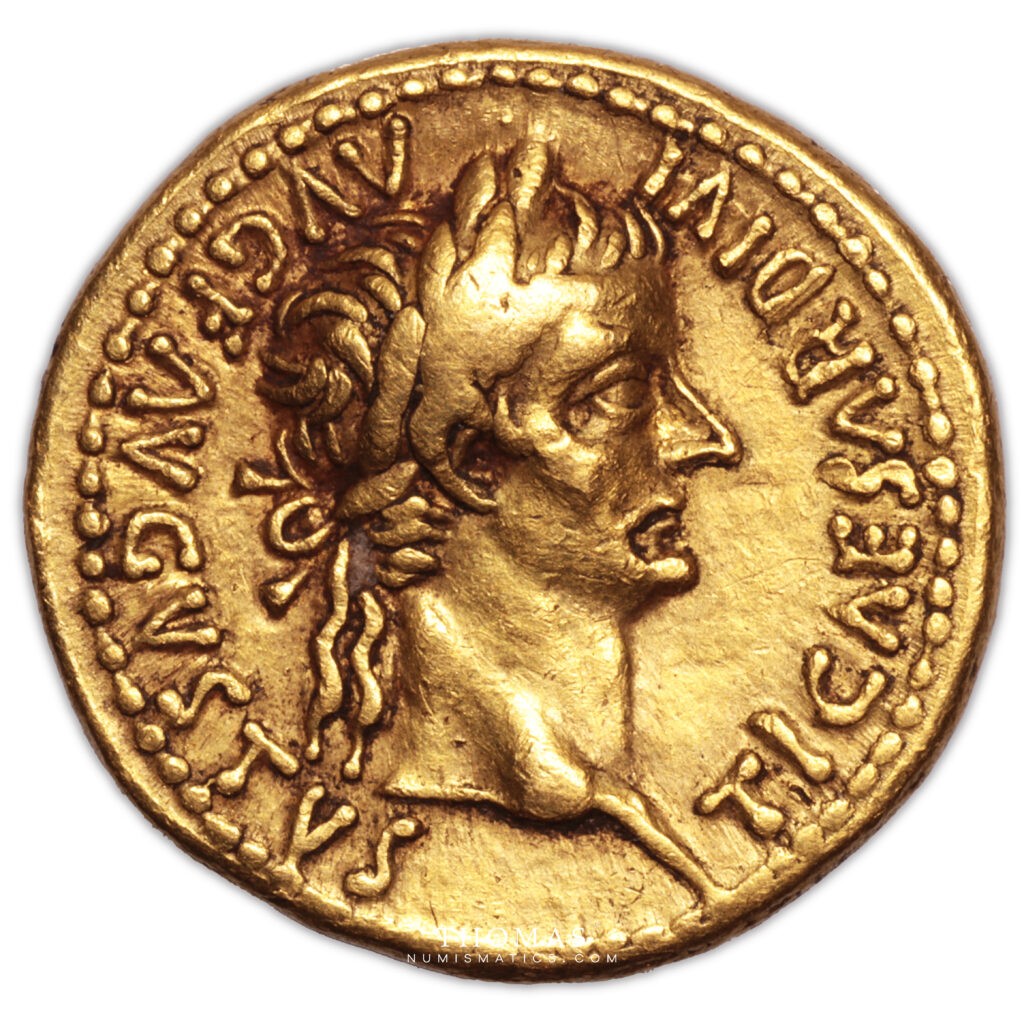
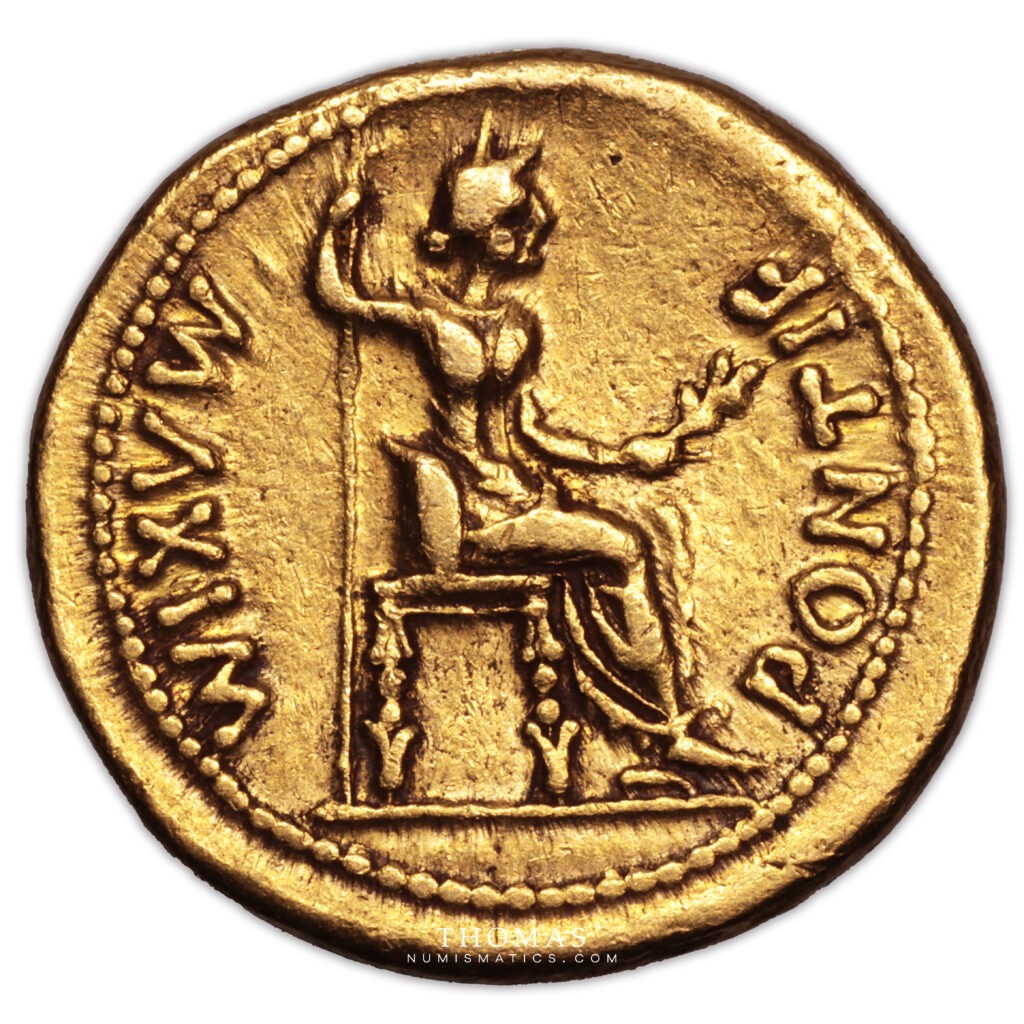
Several economic crises led to inflation and the collapse of the denarius. Although Diocletian tried to revalue silver and bronze coins in the 4thème century, it was Constantine I who succeeded in stabilizing the currency, even during the Byzantine period. He introduced a new monetary system: the gold solidus replaced the aureus.
Antique coins remain precious gems in the world of numismatics. Their rich history, artistic detail and evocative power make them unique pieces that transcend the simple concept of money. The science of numismatics plays a major role in our understanding of the ways of Greek and Roman civilization. Whether you’re a seasoned enthusiast or a curious amateur, immerse yourself in this numismatic heritage and let yourself be transported back in time by these extraordinary treasures.
Sources :
Universalis
Alde
Anticopedie
